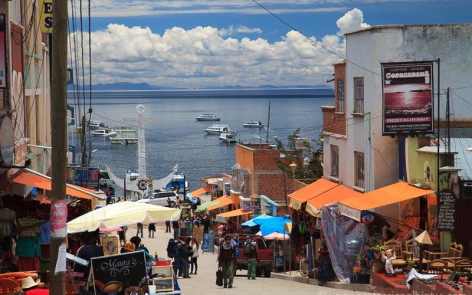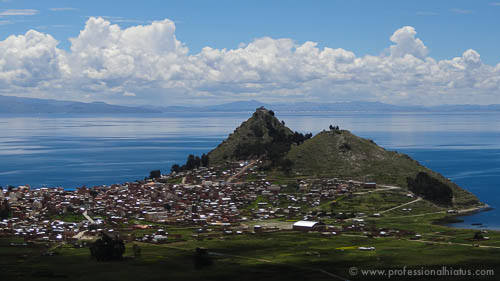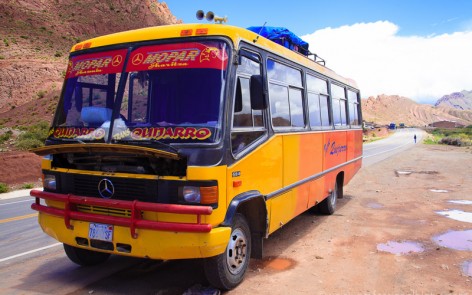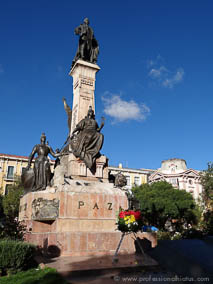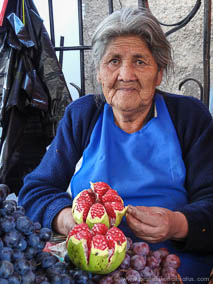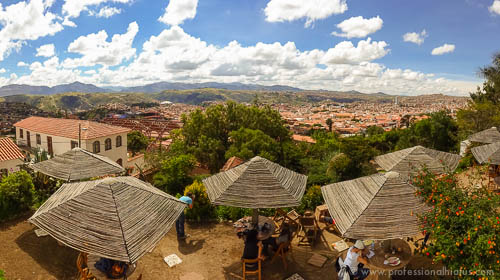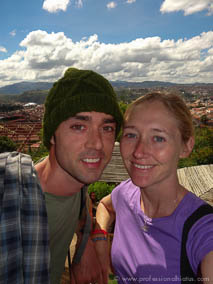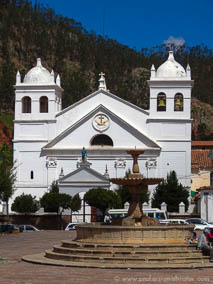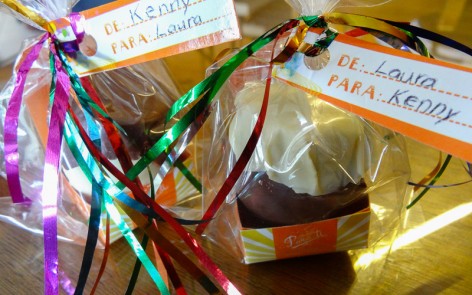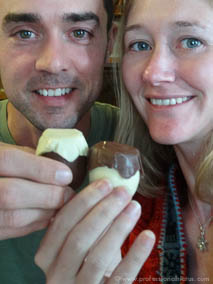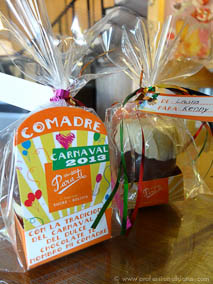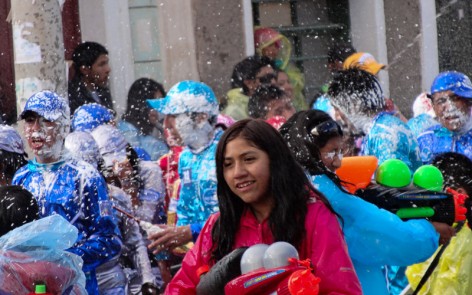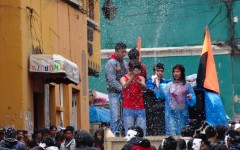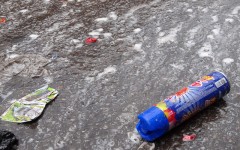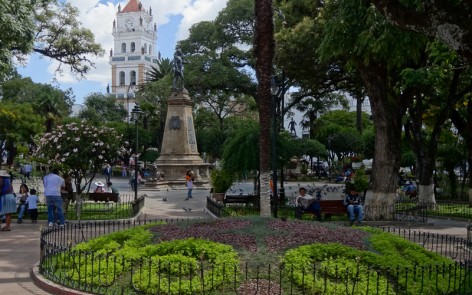It goes without saying that not all travel experiences can be amazing all of the time. There are inherent ups and downs in travel (as in any other part of life) which can leave you feeling elated one moment and frustrated the next. Specifically relating to travel, how (and when) you visit a place can often dramatically affect your perception of what it is like.
The majority of people we have met traveling named Bolivia as their favorite country in all of South America for the cost of living, scenery and people. For us, Bolivia was a country which certainly boasted some of our favorite experiences, but also topped the list with some of our least. As a result, if I were listing our relationship status with the country today, I might have to say, “it’s complicated.”
We were yelled at during border crossings as well as at almost every bus station. We were ignored while asking questions and even whacked with a walking stick by one particularly irritated elderly woman! The buses are notoriously difficult, as acknowledged by even the most devout pro-Boliviites, so for these rides we were mostly prepared. However, after the cumulation of several stressful interactions in a row, the almost vindictive refusal of a particular bus driver to stop after 7 hours of continuous travel was far more than my strained bladder could bear. I almost was able to let go of the irritation once duly relieved until an hour further down the road, the driver materialized a door handle for the ‘out of service’ toilet aboard bus to allow a local man to pee!
Despite these encounters, one of our favorite cities to date was the constitutional capital of Bolivia, Sucre. It was a beautiful, almost European, hamlet tucked into the Altiplano with a lovely surrounding landscape and laid back feel. Here, we took the opportunity to relax and enjoyed a private room for the duration of our stay (as opposed to a dormitory in all of La Paz), treated ourselves frequently at restaurants (vs our usual spaghetti or ramen) and spent quite a lot of time at our favorite coffee house/cafe socializing with fellow travelers. There were also a number of chocolate shops in town which received almost daily deposits of Bolivianos in exchange for truffles to feed my growing chocolate addiction.

These pomegranate photos were paid for in truffles which brought a huge smile to this sweet lady’s face
The best meal of our trip thus far was also found in Sucre at a restaurant by the name of La Taverne. At a cost of $8 per plate, Kenny and I both enjoyed filet mignon. The dishes included not one but two medallions wrapped in bacon and (mine) stuffed with Roquefort cheese and kalamata olives and dripping in a Roquefort cream sauce. It was quite possibly the best steak I’ve enjoyed anywhere!
Sucre also was where we experienced the first hint of Carnaval before the holiday broke into full swing. There were the occasional water balloons hurled our way, a few shots from Super Soakers, but most importantly were the specially prepared chocolate eggs. These little treats were filled with a shot of an orange liquor and raisins, individually wrapped and tied with colorful tinsel. We each purchased an egg ($1) and enjoyed them over a cappuccino (~$1.50) at our favorite cafe, Ubis, on the main square as a special treat.
Our relationship with Carnaval, beyond the chocolate, was a frustrating one when it arrived in earnest. Not knowing what to expect, we had no idea our plans for the coming week would be at direct odds with those of the entire country. Carnaval is a huge event in Bolivia and everything practically shuts down during this week+ long event – particularly in regards to general services such as restaurants, stores, and most especially transportation.
During the festival, marching bands roam the streets with groups of colorfully dressed dancers trailing behind. The party-goers celebrate with chicha and cerveza (beer) throughout the day and night and everywhere, people are running with water guns or cans of spray foam to decorate the marchers and anyone close by.
The tradition itself is quite amazing and the celebration in Oruro (the folklore capital of Bolivia) was declared in 2001 a “Masterpiece of Oral Heritage and Itangilble Heritage of Humanity” by UNESCO. Though we were not in Oruro, every town throughout Bolivia has their own version of the celebration. In retrospect, purchasing a poncho and water gun and staying put for the duration of the event would have been the wisest (and most enjoyable) choice. This would have saved us the frustration of a 36+ hour travel day (which should have taken 8 hours) and avoided the drenchings from water guns and foam cans as we walked through the streets loaded down with all our bags.
Without a doubt, the biggest fault in our visit to Bolivia was in the relatively short period of time we able to stay. This enabled the less positive interactions to occupy a greater overall percentage of the total experience. Despite this, we are happy to have made the decision to visit and will always enjoy our sweet memories of Sucre, the stunning vistas of the Salar de Uyuni (read more here) and the friends we made along the way.

